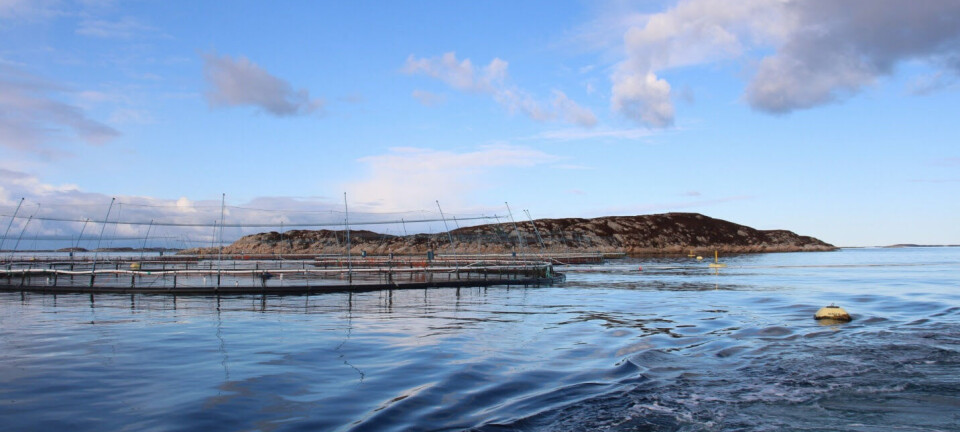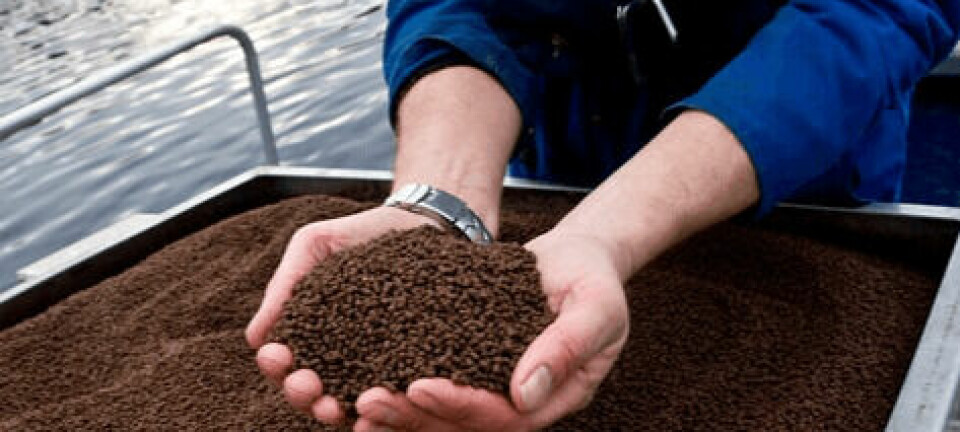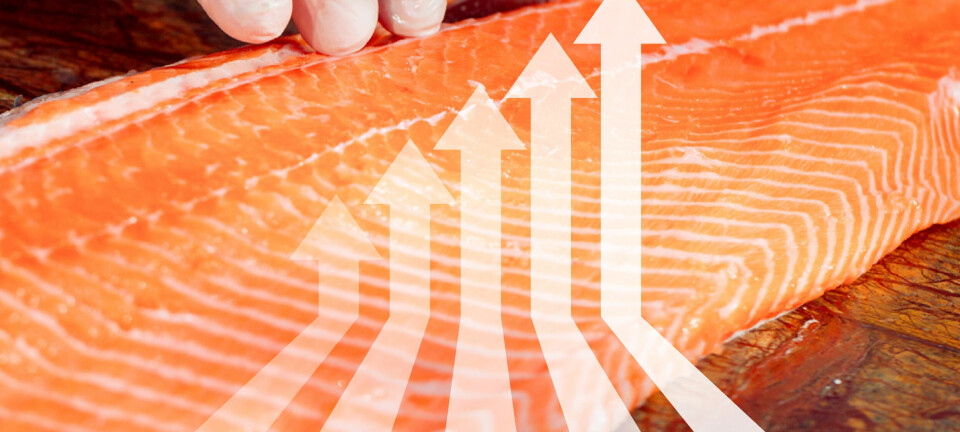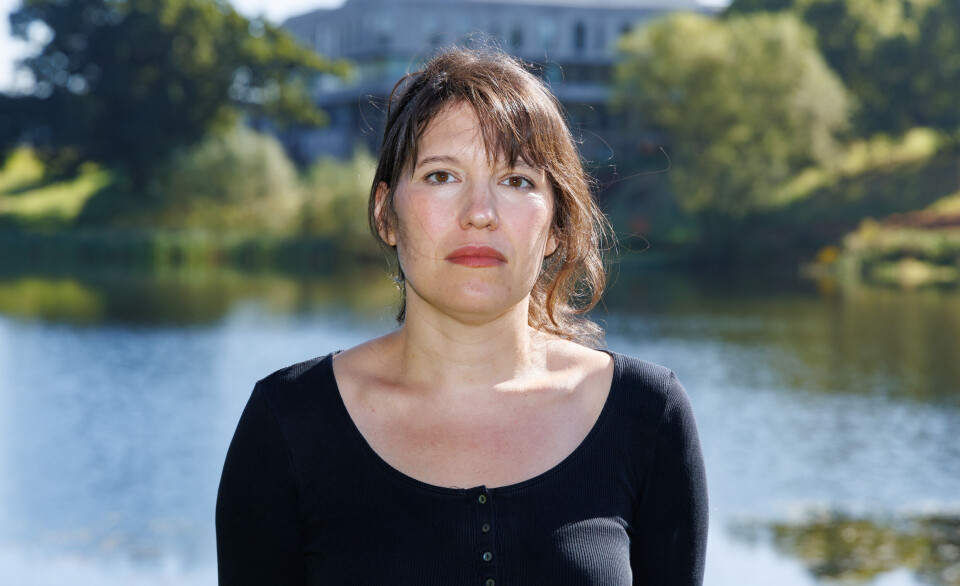
Newly discovered stem cells may boost farmed salmon health
Group led by Stirling researcher hopes to develop new strategies to enhance tissue integrity and reduce non-healing wounds
Scientists at Stirling University’s Institute of Aquaculture (IoA) have discovered cells in the skin of Atlantic salmon that offer new insights into how wounds heal, tissues regenerate, and cellular transitions support long-term skin health.
By understanding how skin cells remodel and heal tissue, they hope to develop new strategies to enhance tissue integrity and reduce non-healing wounds, potentially improving salmon farming mortality rates.
Research led by IoA’s Dr Rose Ruiz Daniels uncovered the previously unknown population of stem cells, the university said in a press release.
Profiling skin cells
Published in BMC Biology, the open access study, Transcriptomic Characterization of Transitioning Cell Types in the Skin of Atlantic Salmon, reveals that fibroblast-like stem cells – known as mesenchymal stromal cells (MSCs) – play a central role in the remodelling phase of wound healing, which is critical for restoring skin integrity following injury.
Using advanced cell profiling technologies – single-nucleus RNA sequencing and spatial transcriptomics – the researchers profiled skin cells during a wound healing time course.
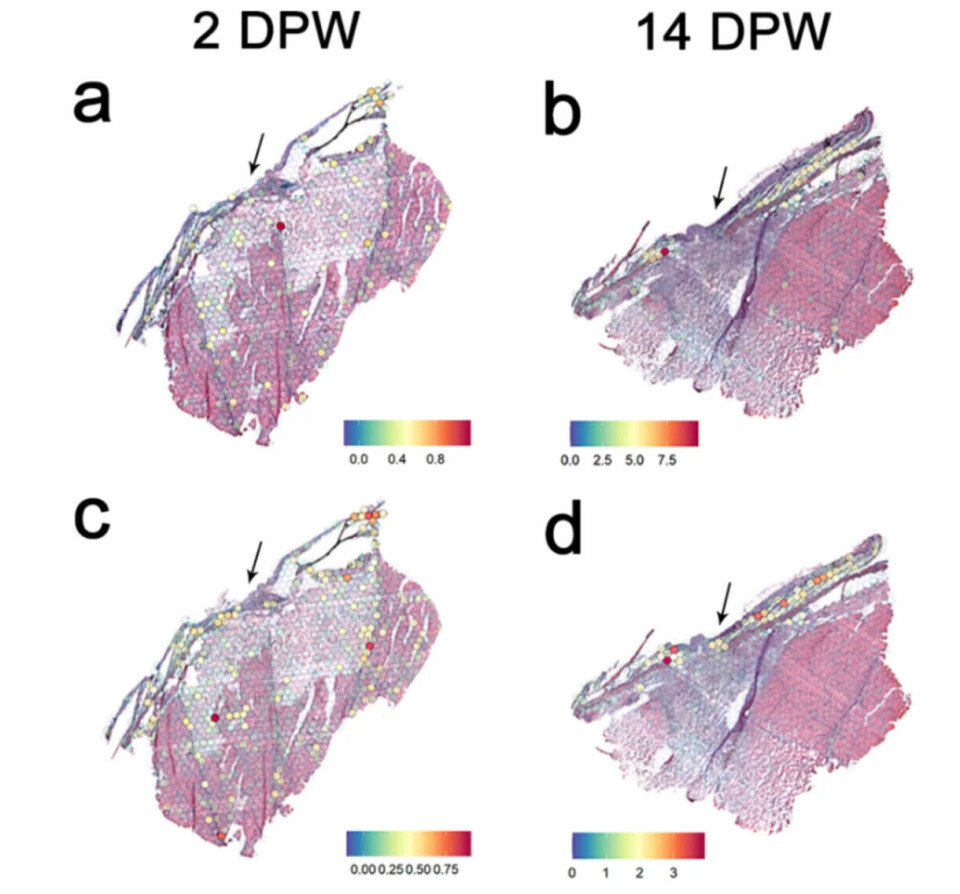
Ruiz Daniels said: “We found MSCs at both the wound site and in intact skin, suggesting these adult stem cells are a stable and functional part of salmon skin, and likely to be involved in maintaining its barrier and structural properties.
“These cells become more transcriptionally active during the remodelling stage of healing and show signs of differentiating into multiple tissue types including bone and fat.
“This hints at a broader regenerative capacity in fish skin than previously understood, potentially linking repair processes in the skin to those in deeper tissues like muscle, scales, and connective tissue.”
Higher 'stemness'
MSC-like cells are well characterised in mammals, but this study suggests that in teleost fish such as salmon, these cells may retain higher pluripotency – or stemness – meaning they can take on a wider range of regenerative roles.
This raises the possibility that fish skin regeneration may operate through more flexible cellular pathways than in terrestrial vertebrates.
The study also maps the spatial niches of various MSC subclusters, laying the groundwork for future studies aimed at manipulating these cells to improve tissue repair, resilience, and overall fish health.
Barrier tissue health is a major challenge in Atlantic salmon farming ... by understanding how skin cells remodel and heal tissue, we hope to develop new strategies to enhance tissue integrity and reduce non-healing wounds
Ruiz Daniels added: “These findings have potentially far-reaching implications for aquaculture. Barrier tissue health, particularly of the skin and gills, is a major challenge in Atlantic salmon farming and a leading cause of mortality in sea cages.
“There is an urgent need for innovative biotechnological approaches to enhance fish health, as aquaculture also faces mounting challenges from climate change, including heightened disease risks and increased thermal uncertainties.
“By understanding how skin cells remodel and heal tissue, we hope to develop new strategies to enhance tissue integrity and reduce non-healing wounds at barrier tissues.”
International collaboration
The study is a collaborative effort across institutions including Stirling University, Edinburgh University’s Roslin Institute, Norwegian research institute Nofima, and the University of Prince Edward Island, Atlantic Canada.
Co-authors include Dr Sarah Salisbury, Dr Diego Robledo, Dr Lene Sveen, Dr Paula Rodriguez Villamayor, Professor Nick Robinson, Professor Ross Houston, Professor James Bron, Dr Sean Monaghan, Professor Mark Fast, Marianne Vaadal, Professor Aleksei Krasnov, Dr Torstein Tengs, Dr Carolina Penaloza Navarro, and Dr Maeve Ballantyne.


























